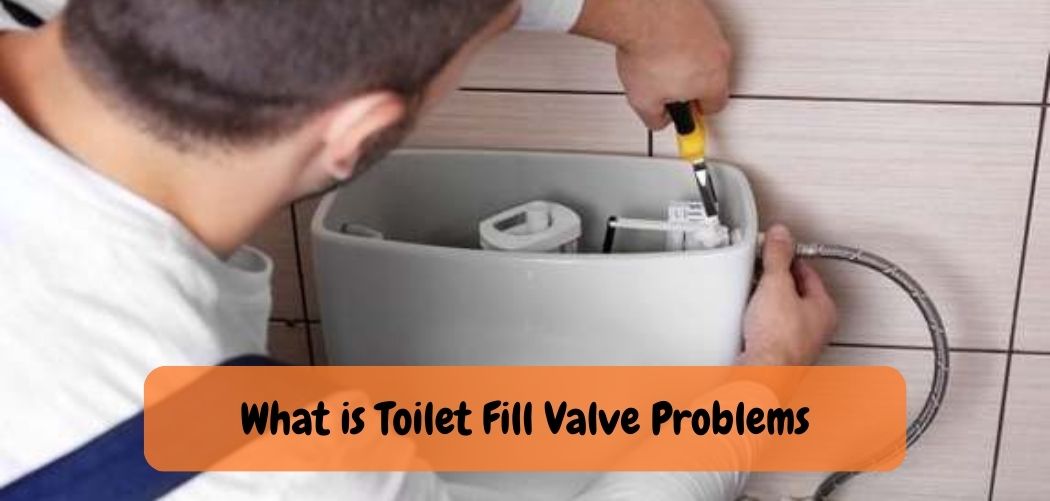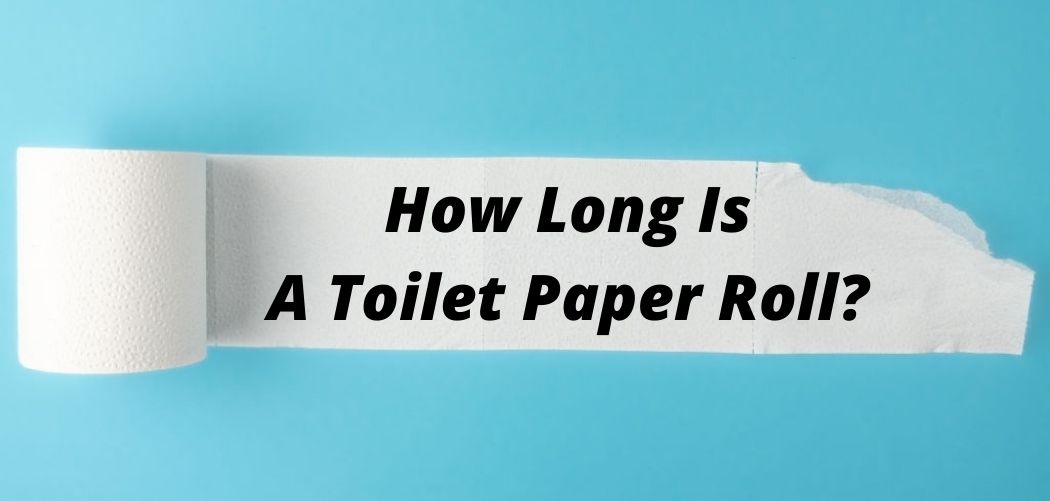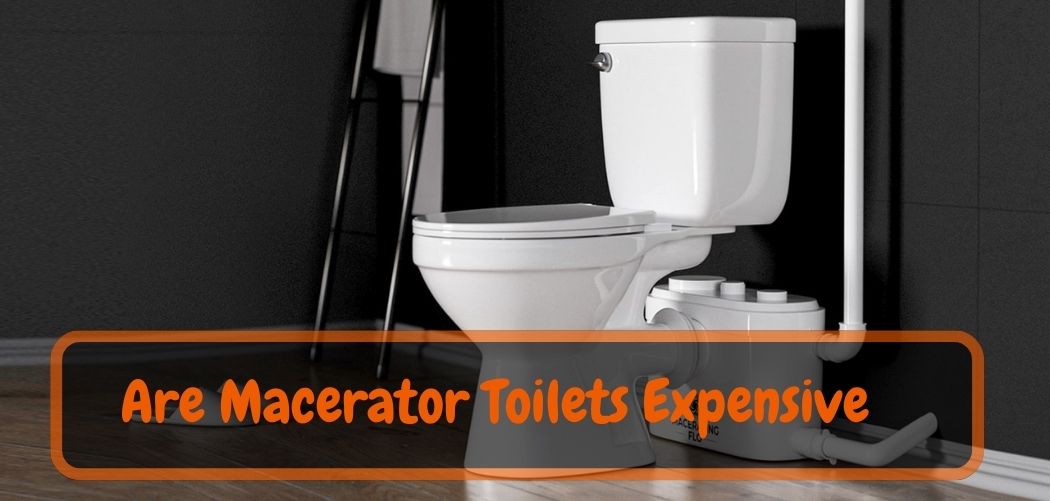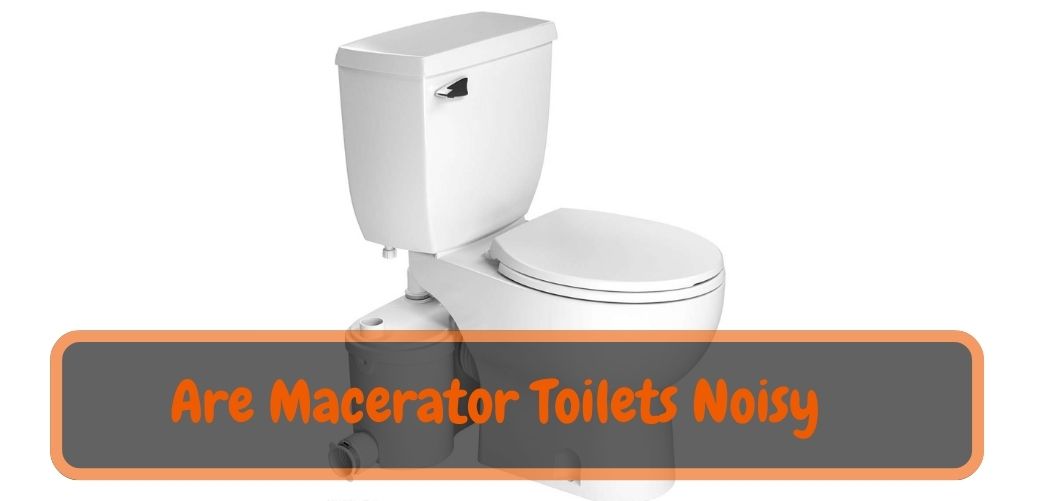A toilet fill valve controls the amount of water that flows into the bowl after a flush. If the fill valve is not working properly, it can cause a number of problems, What is Toilet Fill Valve Problems? The problems including a slow or weak flush, constantly running water, or water that leaks from the tank into the bowl.
If you’re having problems with your toilet fill valve, it’s important to understand what could be causing the issue. There are a few different things that can go wrong, and each one requires a different fix.
The most common problem is that the valve isn’t opening all the way, which means water isn’t flowing into the bowl as quickly as it should be.
This is usually caused by something blocking the valve or a build-up of sediment in the valve itself. Clearing the blockage or cleaning out the sediment should fix the problem.
Another possibility is that the float attached to the valve is stuck in the up position, preventing water from entering at all.
This can be caused by a variety of things, including dirt or rust build-up on the float itself. Cleaning or replacing the float should take care of this issue.
Finally, it’s possible that there is a leak in either the supply line leading to the valve or in the valve itself.
If you suspect a leak, it’s important to have it fixed as soon as possible to avoid any further damage.
Toilet Fill Valve Sticking?
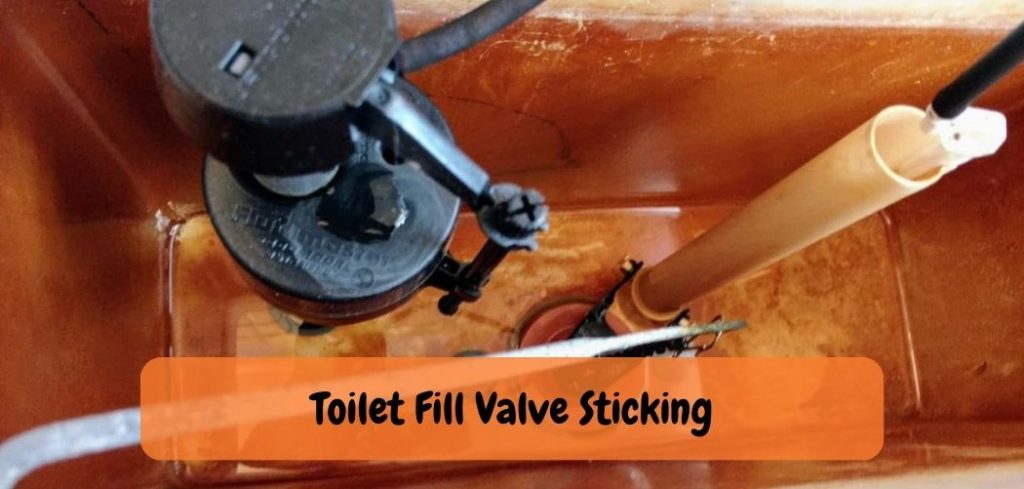
If your toilet fill valve is sticking, it may be due to a build-up of mineral deposits. Toilet fill valves are subject to a lot of water exposure and can become clogged over time. If your valve is sticking, you may need to clean it with a vinegar solution or replace it entirely.
When you flush your toilet, the fill valve opens to allow water to enter the tank and then closes again once the tank is full. If the valve is stuck open, water will continue to run into the tank and eventually overflow onto the floor. Whether the valve is stuck closed, the tank will not refill after flushing and you will have to manually add water to the bowl.
If your toilet fill valve is sticking, try these tips: -Remove any debris or mineral deposits from around the valve with a toothbrush or other small brush. -Soak the valve in a vinegar solution for 30 minutes.
-Replace the old washer with a new one if necessary.
-Install a new fill valve if none of these solutions work.
Bad Toilet Fill Valve Symptoms
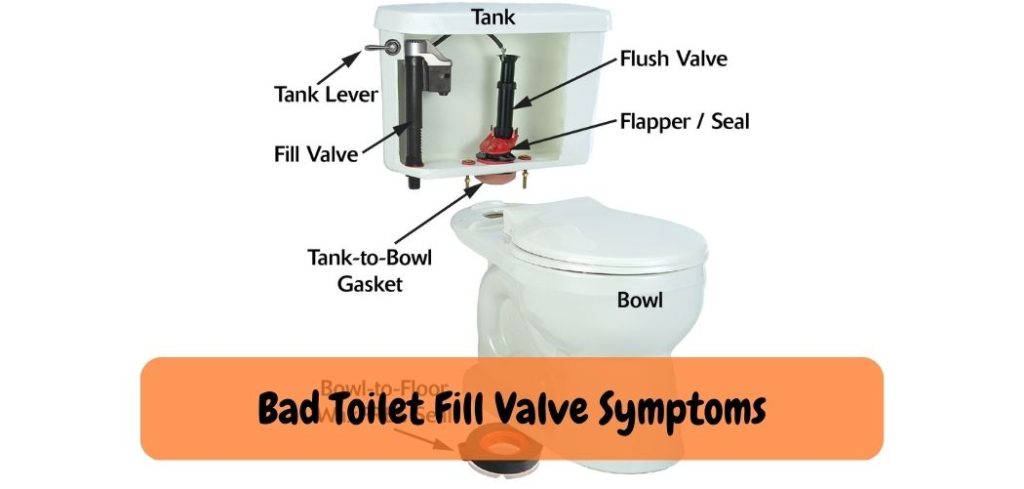
If your toilet is having any of the following symptoms, then it likely has a bad fill valve:
1. The tank doesn’t fill up all the way.
2. Water intermittently leaks from the tank into the bowl.
3. Water slowly leaks from the tank into the bowl.
4. The toilet won’t flush or only partially flushes.
5. You hear water running in the tank even when no one is using the toilet (this could be a sign that water is leaking out of the tank).
Fluidmaster Toilet Fill Valve Sticking

If your Toilet Fill Valve is sticking, it may be time to replace it. Fluidmaster makes a great replacement fill valve that is easy to install and comes with a 10-year warranty.
The first step is to turn off the water at the shutoff valve behind the toilet.
Then, flush the toilet to empty the tank. Next, remove the old fill valve by unscrewing it from the tank. Be sure to save any washers or rubber sealing rings so you can reuse them on your new fill valve.
Now it’s time to install your new Fluidmaster fill valve! Start by attaching the rubber seal ring to the bottom of the fill valve stem. Then insert the stem into the tank hole and hand-tighten the locknut until snug against tank.
Next, open up the shutoff valve and allow water to flow into tank until it reaches just below overflow pipe level (the large tube in center of tank). Now turn off water at shutoff valve and finish tightening locknut under tank. Finally, attach overflow pipe cover (plastic cap that came with kit) if desired for a finished look.
That’s it! You’ve now successfully replaced your old fill valve with a brand new one from Fluidmaster!
Toilet Fill Valve Adjustment
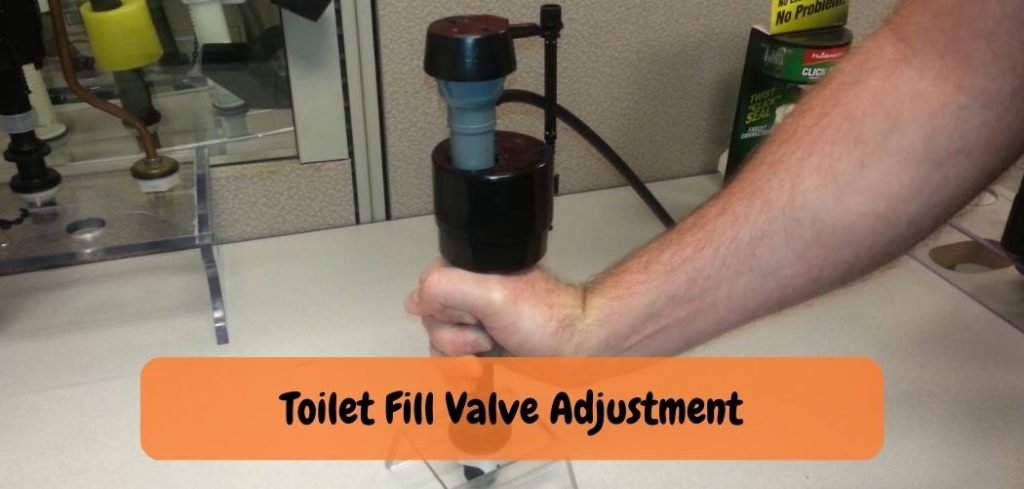
If your toilet is filling too slowly or not at all, it may be time to adjust the fill valve. This is a simple process that anyone can do, and it only takes a few minutes. Here’s how:
First, locate the fill valve. It’s usually on the back of the toilet, near the floor. There will be a handle that you can turn to adjust the water level.
Turn off the water to the toilet by turning the knob behind the toilet clockwise until it stops. Then flush the toilet to empty the tank.
Now it’s time to adjust the water level.
Turn on the water by turning the knob counterclockwise until you hear water running into the tank. Then turn offthe knob again.
Next, turn on just enough water so that you can see water flowing into The bowl from The nozzle beneath The seat .
Adjust The handle on The fill valve until The desired Water level is reached inThe bowl . If you need to add more or less water, simply turnThe knob a little bit more or less until you get it just right
That’s all there is to adjusting a toilet fill valve!
Toilet Fill Valve Clogged Debris
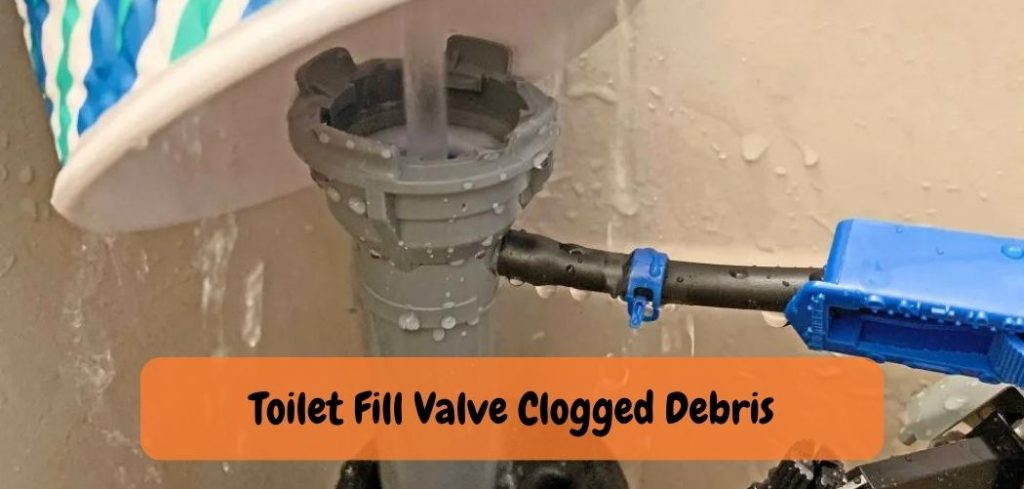
If your toilet’s fill valve is clogged with debris, it can cause the toilet to overflow or not fill up properly. Here’s how to clean out your fill valve and get it working properly again:
1. Turn off the water to your toilet at the shut-off valve. This is usually located near the floor behind the toilet.
2. Flush the toilet to empty the tank.
3. Disconnect the water supply line from the fill valve. This is typically a flexible hose that connects to a fitting on the bottom of the fill valve assembly.
4. Use a pair of pliers to remove any debris from inside the fill valve assembly. Pay particular attention to the screen filter inside the filler neck – this is where most clogs occur.
5. Rinse out all of the parts with clean water and reassemble them in reverse order. Be sure to tighten all connections securely before turning on the water supply again!
How Do I Know If My Toilet Fill Valve is Bad?
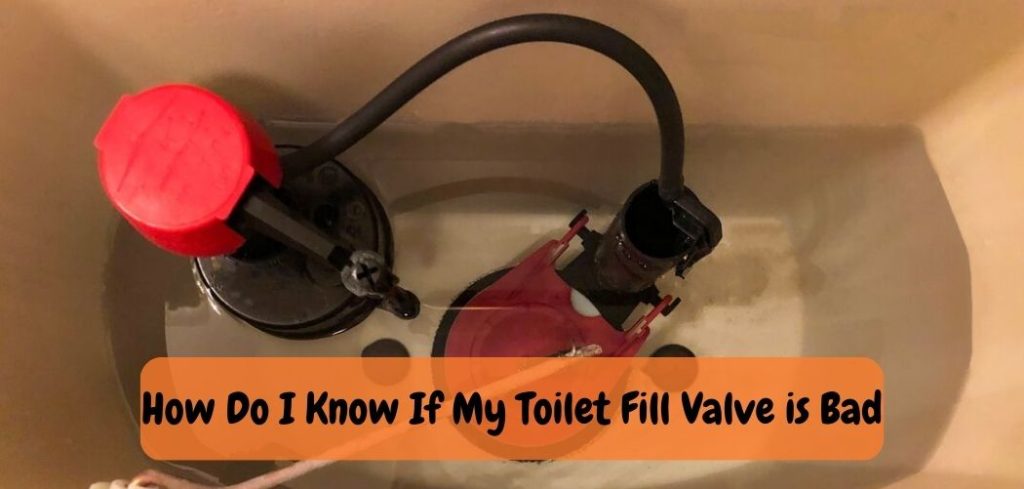
If your toilet isn’t filling properly, it may be due to a bad fill valve. Fill valves are responsible for bringing water into the tank, so if it’s not working correctly, your toilet won’t be able to fill up. There are a few ways to tell if your fill valve is bad:
-The most obvious way is if your toilet isn’t filling up at all. If you notice that the water level in the tank isn’t going up after you flush, or if it’s taking a long time for the tank to refill, there’s a good chance that the fill valve is the culprit.
-Another way to tell if the fill valve is bad is by listening for running water. If you hear water running continuously even when the toilet isn’t being used, that means that the fill valve isn’t shutting off properly and needs to be replaced.
-You can also check for leaks around the base of thefill valve. Over time, mineral deposits can build up and cause the fill valve to leak. If you see any water on the floor around your toilet, it’s worth checking to see if it’s coming fromthe fill valve.
What Causes a Fill Valve to Fail?
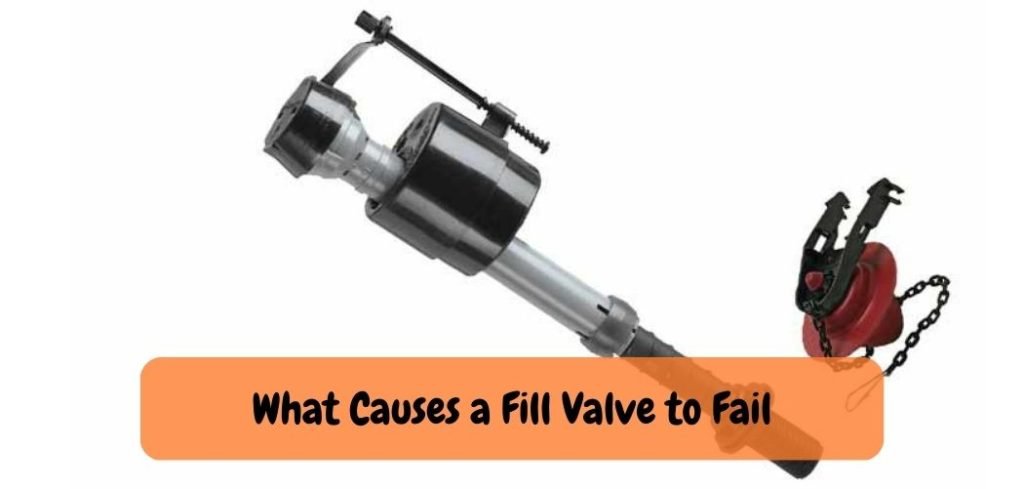
There are many potential causes of fill valve failure. The most common is simply wear and tear from normal use. Over time, the moving parts in the valve can become worn down, making it less able to properly control water flow.
Additionally, deposits can build up inside the valve, eventually causing it to fail.
Another potential cause of fill valve failure is freezing temperatures. If the water inside the valve freezes, it can cause the metal components to expand and break.
This is especially likely if the valve is located outside where it is exposed to colder temperatures.
Fill valves can also fail due to improper installation or maintenance. If a fill valve is not installed correctly, it may not be able to function properly.
Additionally, if a fill valve is not regularly maintained and cleaned, deposits can build up and cause problems.
How Do You Fix a Faulty Fill Valve?
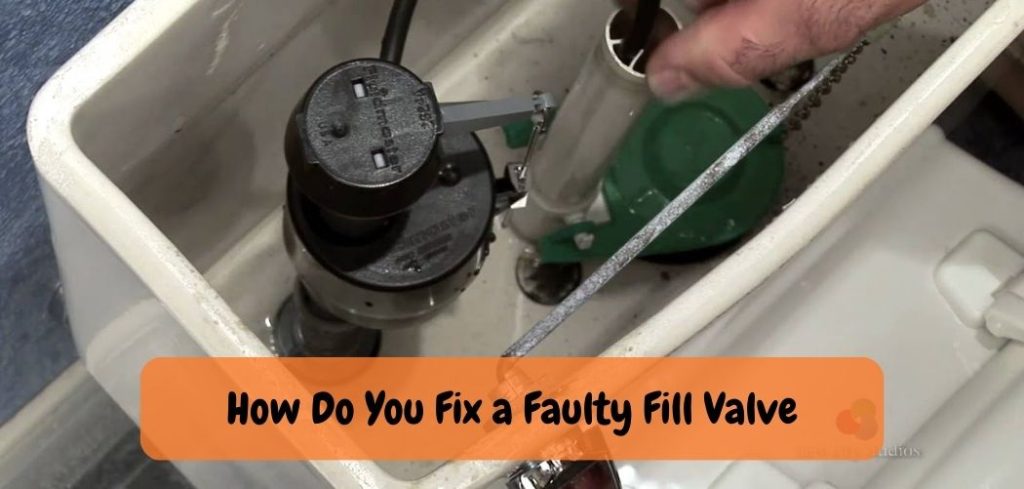
If your fill valve is leaking, you can try tightening the packing nut. If that doesn’t stop the leak, then you will need to replace the packing washer. To do this, turn off the water to the toilet and flush it to empty the tank.
Then unscrew the packing nut and remove the old packing washer. Install a new packing washer and screw on the packing nut.
How Do You Fix a Clogged Toilet Fill Valve?
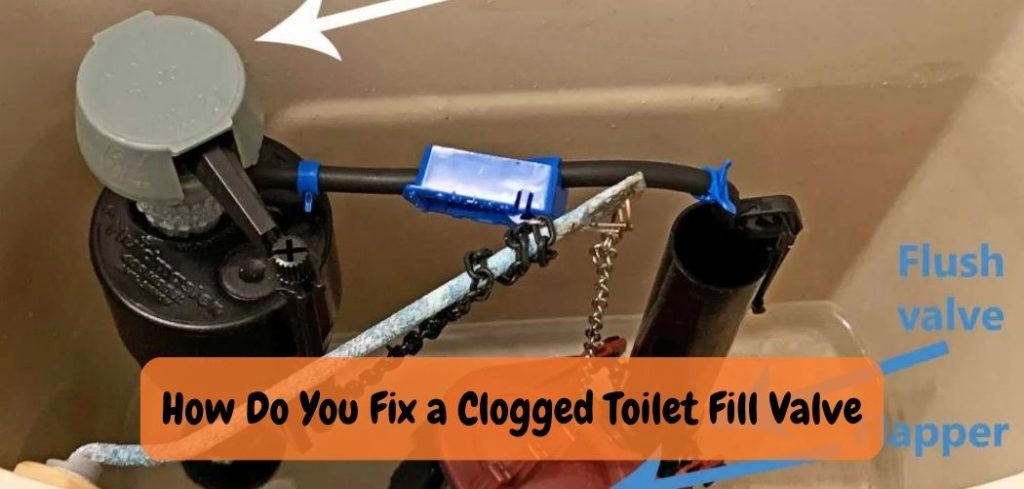
If your toilet’s fill valve is clogged, there are a few things you can do to try and fix it. First, you’ll want to remove the fill valve from the toilet tank. To do this, turn off the water supply to the toilet and flush the toilet to empty the tank.
Then, use a wrench to unscrew the fill valve from the tank. Once the fill valve is removed, you can clean it with a brush or a cloth. If the clog is severe, you may need to use a plunger or a plumber’s snake to remove it.
Once the clog is gone, reattach the fill valve and turn on the water supply.
How Toilet Fill Valves Work | How to Fix a Toilet for Beginners
Conclusion
If your toilet is having problems filling up with water, it’s likely due to an issue with the fill valve. The fill valve is responsible for bringing water into the tank, so if it’s not working properly, your toilet won’t be able to function correctly. There are a few different things that can cause fill valve problems, and you’ll need to diagnose the issue in order to fix it.
Once you know what the problem is, though, fixing a fill valve is usually a pretty simple process.


